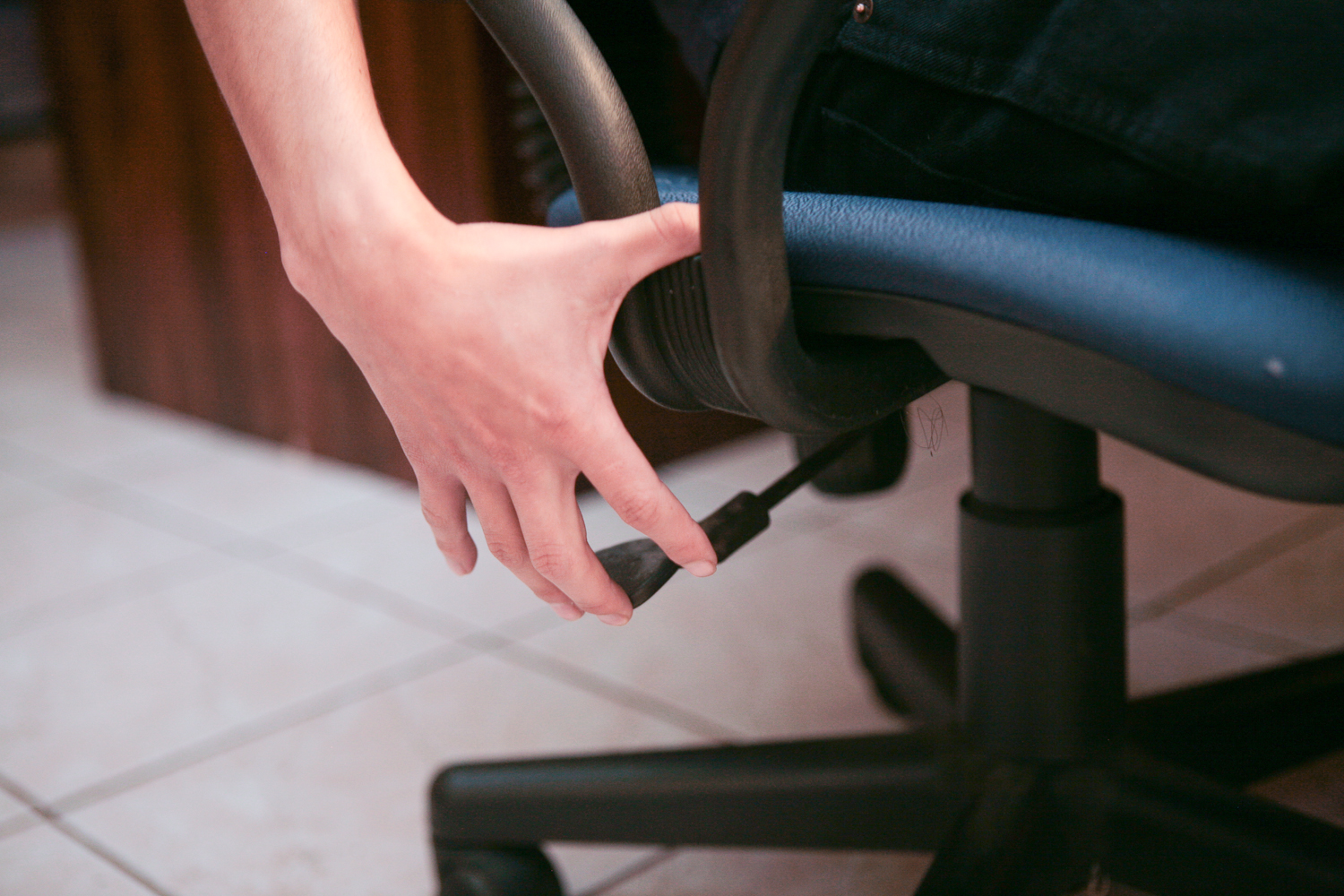Physical Address
304 North Cardinal St.
Dorchester Center, MA 02124
Physical Address
304 North Cardinal St.
Dorchester Center, MA 02124

Discover the importance of seat height adjustment in the workplace. Learn how to achieve the ideal chair height for comfort and productivity, and explore the latest trends and statistics.

Finding your optimal chair height is crucial for comfort, health, and productivity when working at a desk for extended periods. An improperly adjusted chair can lead to poor posture, discomfort, and loss of focus. This comprehensive guide provides insights into the ergonomic considerations for determining your ideal seat height. We also outline practical strategies to adjust your chair and workspace effectively.
Proper seat height alignment allows you to maintain neutral spine posture, keeping your back properly supported and avoiding hunching or strain. This helps reduce discomfort and risk of back/neck issues. The proper height also lets your thighs rest parallel to the floor and feet planted firmly, promoting circulation.
Benefits include:

Finding the right height involves assessing your body, workspace setup, and type of tasks performed.
Your unique physical proportions play a key role. Standard guidelines recommend initial seat height of 16-21 inches, but final adjustments should suit your body.
The height of your desk and monitor placement also impact your ideal chair height. Ensure your desk allows you to rest forearms comfortably at around 90 degrees while typing. Align top of monitor screen with eye level.
If you perform precision work like drafting, a higher chair may be suitable. For intensive typing/mousing, a lower chair aligned with desk height works better.

Follow these steps to dial in ergonomic chair height:
Achieving proper seat height alignment with your workspace promotes comfort, posture, health, and productivity. Follow the guidelines and practical strategies outlined to determine and adjust to your ideal chair height. Revisit these tips whenever changes occur to maintain an optimal ergonomic work environment. Investing time into these simple but significant elements pays dividends through enhanced well-being and performance.
The ideal seat height for an ergonomic office chair allows you to sit with your feet flat on the floor, your knees at a 90-degree angle, and your thighs parallel to the ground. This typically ranges between 16″ to 21″ from the floor, but it can vary based on individual body dimensions.
If your chair is at the wrong height, you may experience discomfort or pain in your legs, back, or neck. Signs include your feet not resting flat on the floor, your knees not at a 90-degree angle, or if you feel pressure on the back of your thighs.
Absolutely. An improperly adjusted seat height can lead to discomfort and musculoskeletal problems over time, which can distract you from your work and reduce productivity. Proper seat height can help maintain good posture and reduce fatigue.
Yes, there are ergonomic chairs designed specifically for people who are outside the average height range. These chairs offer a greater range of adjustability to accommodate taller or shorter users comfortably. Check out Union Chair’s selection of chairs for all body types.
You should adjust your seat height whenever your workstation setup changes, such as when you get a new desk or if you start experiencing discomfort. It’s also wise to re-evaluate your chair settings if you change the type of footwear you use regularly, as this can affect your optimal seat height.